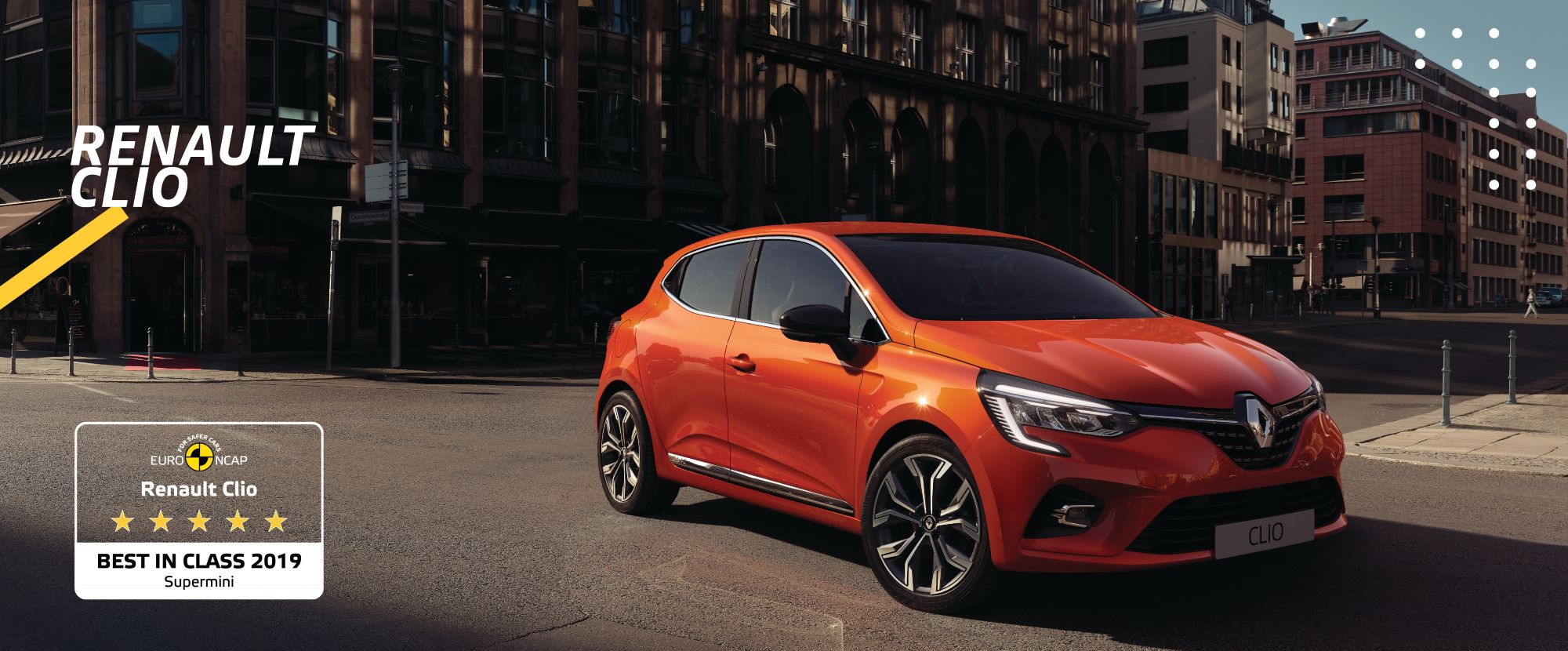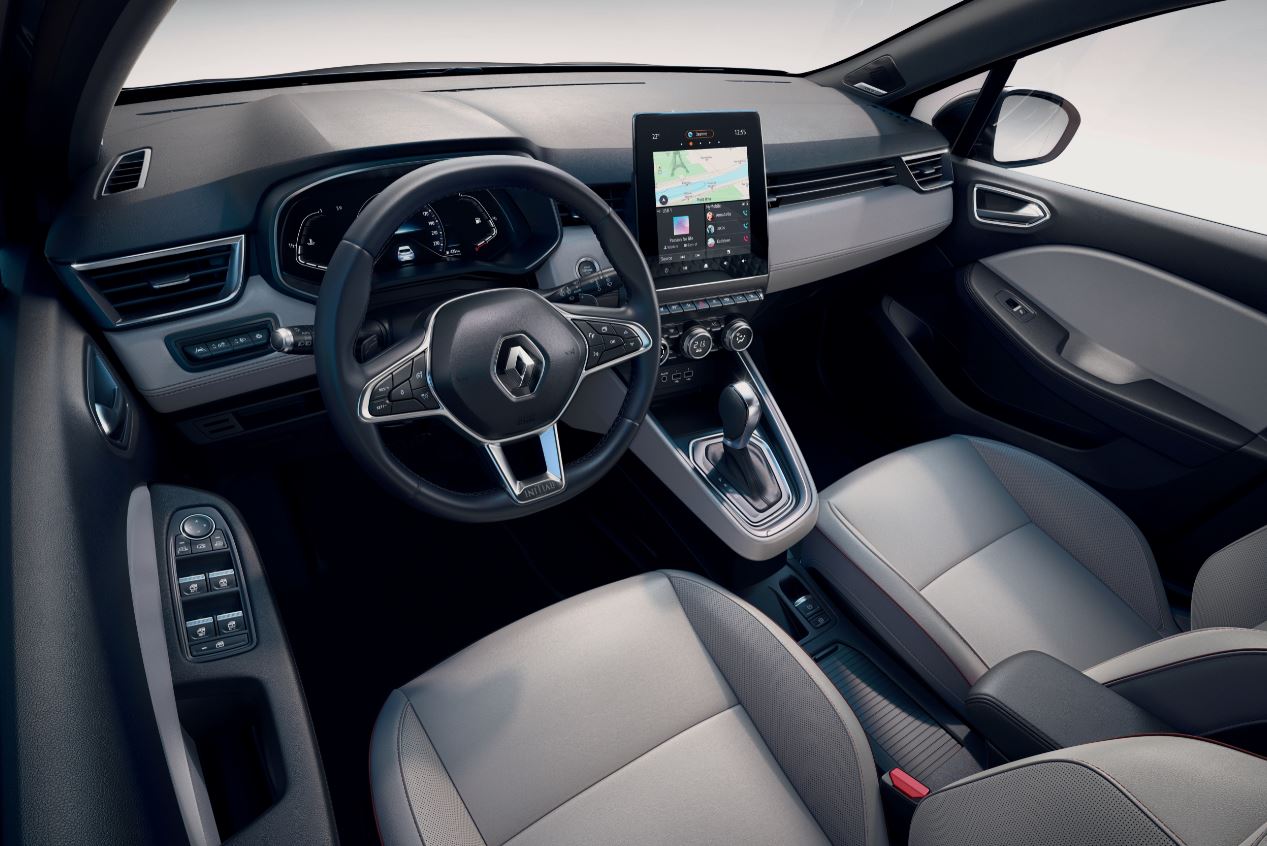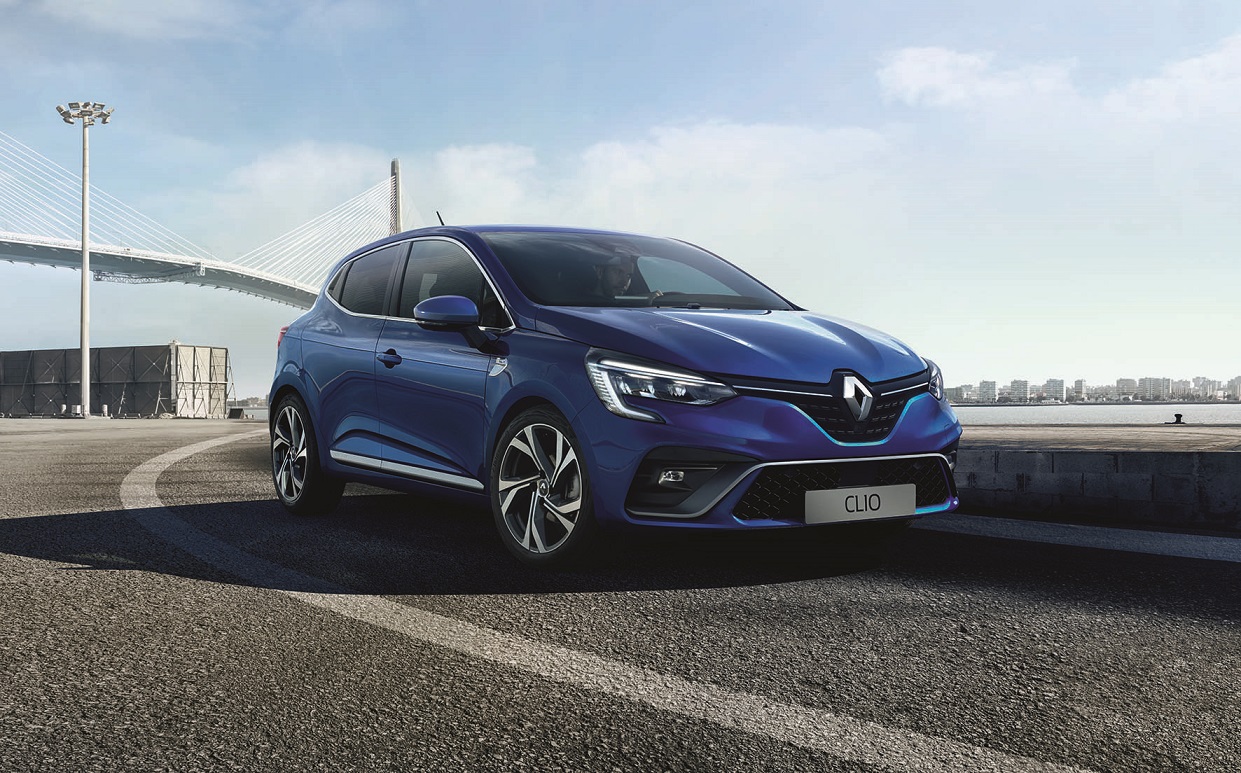

It is an event that Jolyon Palmer is palpably relishing: “It’s unique on the calendar, being a street race that takes place at night. It’s a cool feeling driving at night as you can see the circuit very clearly from the lights but your vision is channelled as the background is in darkness.” Indeed, some 1,600 light projectors are used to illuminate the 5km-long circuit, with a total power requirement of 3,180,000 watts.
The fact that the race is held at night also directly impacts the team’s routine: “We all stay on European time,” reveals Kevin Magnussen. “We get up late in the day and arrive at the track at around four o’clock in the afternoon, which is morning in Europe. That means we don’t struggle with jet lag. Even though we race at night, it gets very hot in Singapore and that’s a challenge all in itself.”

Not only do competitors have to handle the heat, but ambient humidity in excess of 80 per cent and a bumpy track surface add to the difficulty. With that in mind, it is little wonder that the drivers can lose up to 3kg of fluid during the race! Whilst that might appear a minor detail, this weight shift must nonetheless be taken into account when setting up the car before the start...
Although drivers do exceed the 300kph mark on one occasion around the lap, Singapore is one of the slowest circuits of the season with no fewer than 23 turns and an average speed of 165kph. It is also traditionally one of the longest races of the year, with a high likelihood of a safety car intervention.

“The track itself is fun and I always enjoy driving on street circuits,” notes Magnussen. “That said, it’s also a pretty tricky place to get right with a lot of corners where a mistake can easily be made. Grip levels evolve throughout the weekend, so the key to a strong showing is a perfectly balanced set-up.”
These ever-changing conditions represent a real headache for the sport’s engineers. “One of our biggest challenges will be to understand the car with the moving target of constant track surface evolution,” explains Chief Technical Officer, Bob Bell. “This is the same with any street course, and you can find yourself chasing your tail somewhat as it’s difficult to ascertain if a better lap time is down to a change made to the car or just the track surface improvement.”

With its myriad braking zones asking a lot of the cars’ brakes, Singapore’s Marina Bay Street Circuit also calls for the highest number of gear changes of the season at 82 per lap, as opposed to just 52 in Monaco! This ‘stop-start’ nature results in high fuel consumption. However, courtesy of the Renault R.S.16’s two hybrid systems, Magnussen and Palmer will be able to cover the full race distance without any concerns. Both drivers will understandably be eager to maintain their upward momentum and confirm the potential shown in recent events.
BONUS
With the Renault Formula One Team driver, Kevin Magnussen, see behind the scenes at Enstone plant (United Kingdom) where the F1 team chassis are produced. It is a chance to know more with the engineers and designers how he feels the car during the race and meet two drivers of the Renault Sport Academy.
View more

SAFETY: 5 EURO NCAP STARS AND BEST RATING IN ITS CATEGORY FOR THE ALL-NEW CLIO

The All-new Renault CLIO: the most comprehensive driving assistance on the market


